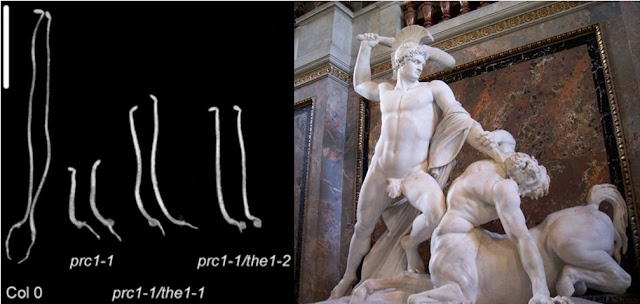Temperature-specific Alternative Splicing

Bird's-Eye View of Alternative Splicing A single gene may produce multiple end products or proteins. The process, responsible for creating multiple proteins, is known as Alternative Splicing. If you imagine the structure of a gene as the organization of two types of boxes (exon and intron) arranges alternatively, the single gene product depicts the scenario of taking out "intron boxes" and put "exon boxes" in order. What if when one "exon box" is missed or one "intron box" remained? That doesn't sound like expected output. It suggests the ability of the system to splice out boxes in an alternative manner. Alternative Splicing in Arabidopsis Alternative splicing event usually occurs in 4 ways: exon skipping/inclusion, alternative 3' splice region, alternative 5' splice region and intron retention. Alternative splicing is a common event in every living system. It provides an amazing opportunity to uncover which type o
